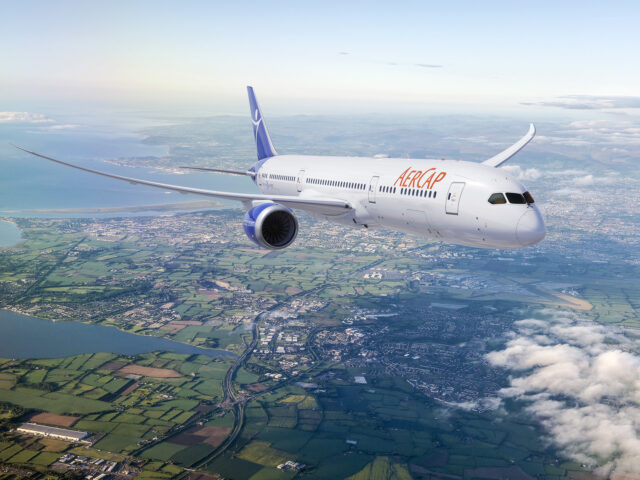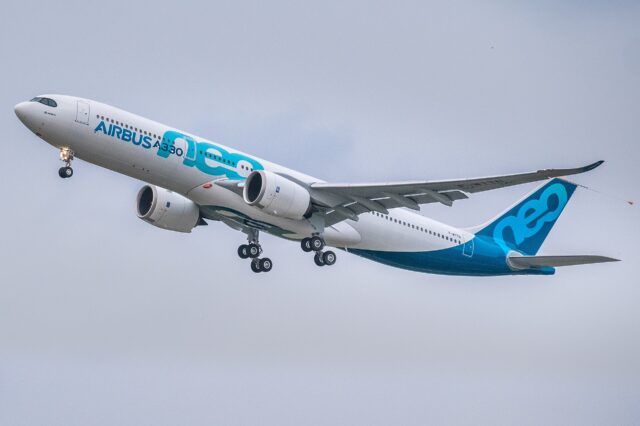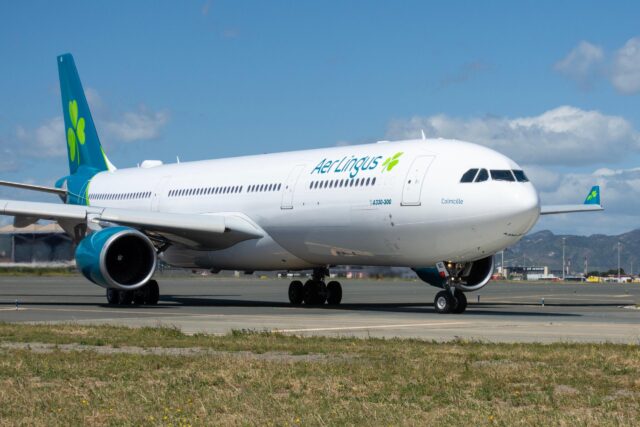From clipped communications to clarity: Artificial intelligence is decoding aviation speak for safer flights

August 28, 2025

Effective radio communications are a vital link in the aviation safety chain. Without robust communication networks, aircraft might not be able be communicate effectively with ground stations, putting the lives of passengers, crews, and those on the ground potentially at risk.
Now, scientists at Embry-Riddle Aeronautical University are developing new methods to enhance communication links for aviation through the use of artificial intelligence (AI). The adoption of these methods could have far-reaching implications for the sector.
History shows that both pilots and air traffic controllers face issues daily concerning radio communications. These issues can take various forms, ranging from high levels of cockpit noise and weak transmissions to frequency interference and malfunctioning radio equipment, as well as the misinterpretation of aviation jargon and terminology.
Indeed, the National Transportation Safety Board reported following the midair collision between a US military Black Hawk helicopter and an American Eagle regional jet over Washington in January 2025, that effective radio communications, particularly with the Black Hawk crew, had been hampered by broken or ‘stepped on’ radio transmissions.
While not the primary cause of the accident, the failure of robust communication links was determined to be a contributory factor.
Using AI to transcribe and translate transmissions
To improve the communication between aircraft and air traffic controllers, scientists at Embry-Riddle Aeronautical University (ERAU) in the US have developed a system that uses artificial intelligence (AI) to transcribe and translate aviation radio communications.
The project is just one of several that the University’s Speech and Language AI lab is currently working on to enhance radio communications to improve overall aviation safety.

“While other areas of aviation have undergone automation and technological advancements, radio communication has largely remained unchanged,” explains Andrew Schneider, an assistant professor who directs the work of the Speech and Language AI lab. “Aviation English isn’t standard conversational grammar. It is condensed, highly specific phraseology spoken over a noisy radio where words get clipped and specialised jargon abounds.”
“The system uses automatic speech recognition to convert spoken radio transmissions into text,” Schneider continues. “Natural language processing interprets and refines that text by standardising terminology, formatting spoken numbers and call signs, removing filler words, and flagging potential errors.”
“Allowing for a large-scale analysis of pilot-controller communications, the system could reveal patterns, phraseology errors, and safety concerns that were previously difficult to study. We see an opportunity here for another leap forward to help controllers and pilots have safer radio communications,” he added.
The need for aviation-specific AI tools
The research, which kicked off in 2023 following the receipt of a grant valued at $15,000, began with the collection of radio communication recordings from 12 airports where the volume of traffic is classified as ’high’.
The audio was fed into automatic speech recognition tools, such as OpenAI’s Whisper, to create transcriptions. However, those working on the project soon discovered that standard off-the-shelf AI platforms only averaged an 80% word error rate, which highlighted the need for aviation-specific tools, according to Schneider, himself a qualified pilot and linguistic expert.
Schneider is collaborating with Dr Jianhua Liu, an associate professor of Electrical and Computer Engineering at ERAU, to build the AI-driven system. “With this research, we can improve the efficiency of communications and reduce errors,” said Liu, who has a background in machine learning.

During the project, Liu used his expertise in signal processing, which involves the conversion of analogue signals into digital data, to customise an automatic speech recognition tool that dramatically reduced the word error rate from 80% to less than 15%.
According to an ERAU statement, “The system performed so well that it was used in a NASA-funded project, where information from flight deck communications needed to be harvested from audio with high background noise.”
“In aviation, we have done a great job with using numerical data, but until now we haven’t had the tools to use qualitative data at the same scale,” said Dr Kristy Kiernan, associate director of ERAU’s Boeing Centre for Aviation and Aerospace Safety and the lead investigator on the NASA project.
“Large language models can open up whole new data sources that we can leverage to improve safety. That’s really exciting. This project, developing automatic speech recognition for aviation applications, has many potential use cases,” Kiernan added.
ERAU is developing its AI expertise further
Looking beyond their initial studies, Schneider and Liu said they are developing real-time applications where the system would interface with aircraft systems to help detect inconsistencies between verbal instructions and aircraft behaviour, flag missed calls, or assist with checklist verification.
“Such a system could serve as a smart co-pilot, enhancing situational awareness and preventing communication breakdowns before they escalate. The system could also be used to provide immediate feedback to student pilots and help instructors better target communication issues,” they commented.

Research assistant Sung Jun “Kevin” Cho, who recently graduated from ERAU and worked on the AI project, said the potential for AI technology to enhance aviation safety extends to “the real-time use of AI to correct our mistakes, ensuring efficiency and effectiveness of radio communications.”
“Developing a communications-specific AI aviation tool has a number of benefits, but the long-term result is safer flight,” Schneider told AGN.
How AI is changing the face of aviation
The potential use of AI in this particular area of aviation will be of interest to many. As with other applications of AI currently being studied across a range of areas in aviation, the development of this tool is gaining widespread interest from various operators and organisations who can see the potential benefit to safety.
Other key areas of aviation that are seeing funding for AI research being made available include:
- Flight operations and air traffic management
- Predictive maintenance and optimised maintenance schedules
- Aircraft design and manufacturing
- Environmental impact studies
- Passenger/customer experience
- Security
- Operational efficiencies across the aviation spectrum.
The use of AI in the aviation market is projected to grow significantly. With the increasing use of AI in aviation, calls are accelerating for industry-wide standards and ethical guidelines to ensure responsible and trustworthy AI implementation.
Industry bodies such as the International Civil Aviation Organisation (ICAO), the UK’s Civil Aviation Authority (CAA), and the European Aviation Safety Agency (EASA) have been particularly vociferous on this subject in recent months.
















